The market for the Ceramic Additive Manufacturing Market is very competitive. Major players are competing based on technology, product quality and industrial requirements. Thus, to remain competitive manufacturers must innovate and provide safe products. The products should meet the needs of the various end-use industries. Desktop Metal Inc., SiNAPTIC, Ceram Tech, Lithoz, Voxeljet, XJet, Renishaw, Dyson Technical Ceramics, 3D, Ceram Sinto, Admatec, Kwambio, Nanoe, Tethon 3D, Prodways, 3D Systems and Kyocera International, Inc are some of the major players in the market.
These market players are focusing on providing high-quality ceramic additive manufacturing solutions. They are providing solutions that are ecofriendly and adhere to industry standards. While global players dominate the market, there are also regional and local players. These Regional And local players have a significant presence in markets. These players face intense competition. These players are differentiating themselves by offering unique features or competitive pricing. They also invest heavily in research and development to create and integrate advanced technology and innovative products. This way they cater to the changing demands of the market.
Partnerships and collaborations and adoption of new and innovative technologies are other tactics that players employ to strengthen their position in the market.
Desktop Metal, Inc.: Desktop Metal, Inc., was founded in 2015, and is headquartered at Burlington, US. The company specializes in the development and manufacturing of additive printing systems. The company's offerings include a range of products such as Production System™, X-Series, Shop System™, and Studio System™. These systems offered by the company are designed for various industries including automotive, consumer, heavy industry, tooling, machine design, and education. The company is operating in additive manufacturing technologies for mass production.
The company has intensified their focus on technical ceramics offerings across their portfolio due to customer demand, primarily for silicon carbide, carbon, and tungsten carbide cobalt. The company has been using binder jetting technology to produce technical ceramics. This approach simplifies production for ceramics.
Ceramic Additive Manufacturing Market Industry Developments
October 2023: Desktop Metal and Schaeffler have partnered to develop multi-material powder additive manufacturing using Schaeffler's laser-based system and Desktop Metal's binder jetting technology. Schaeffler has acquired Desktop Metal's Belgian subsidiary, Aerosint, which will be renamed "Schaeffler Aerosint SA" and integrated into Schaeffler's special machinery unit. Both companies will continue their collaboration in multi-material solutions.
September 2021: CeramTec revealed a new medical technology production hall in Marktredwitz, Germany. The expansion strengthens CeramTec's manufacturing hub in Germany and highlights the increasing global demand for advanced ceramics in healthcare.
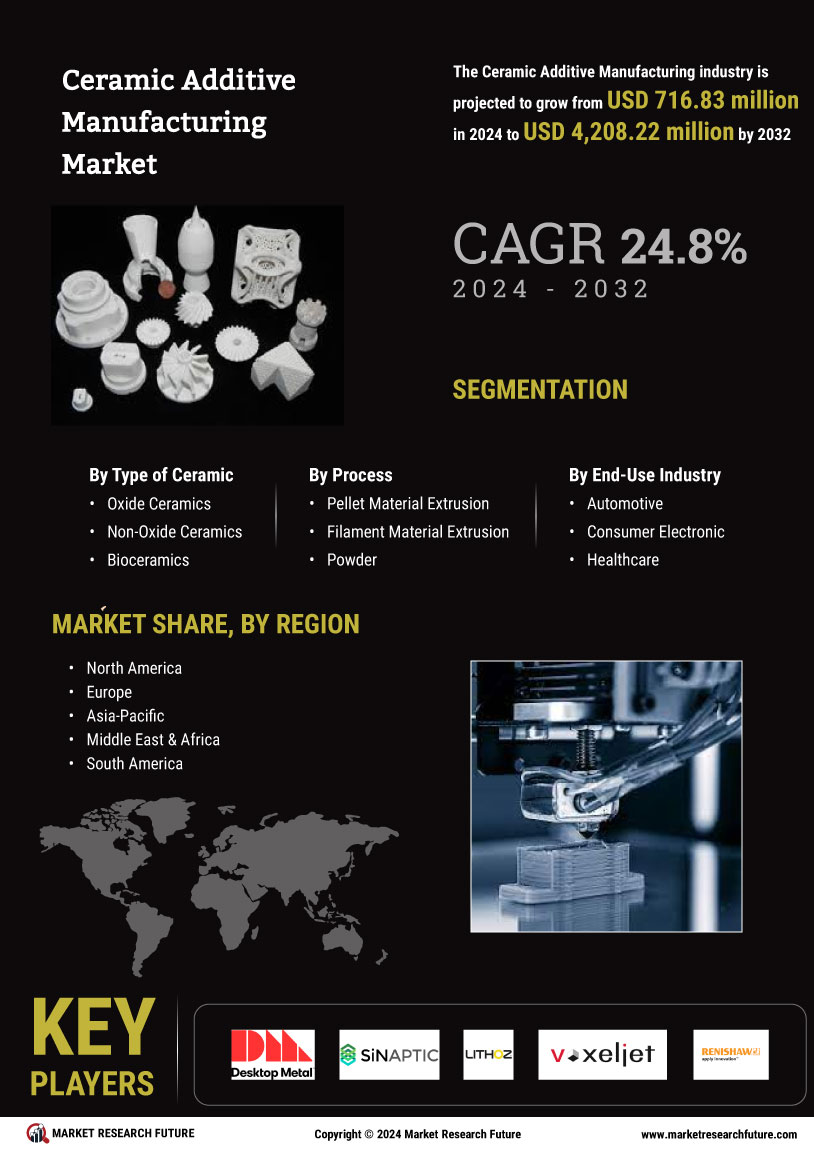

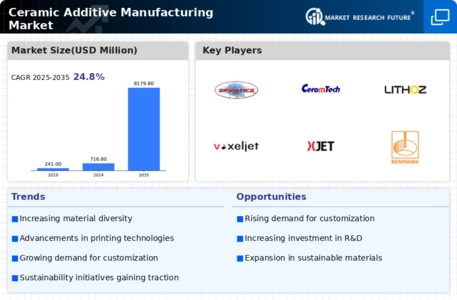
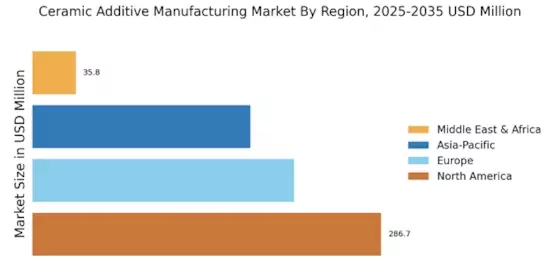
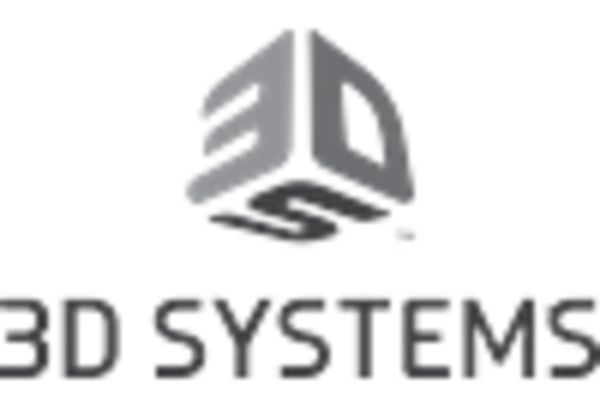

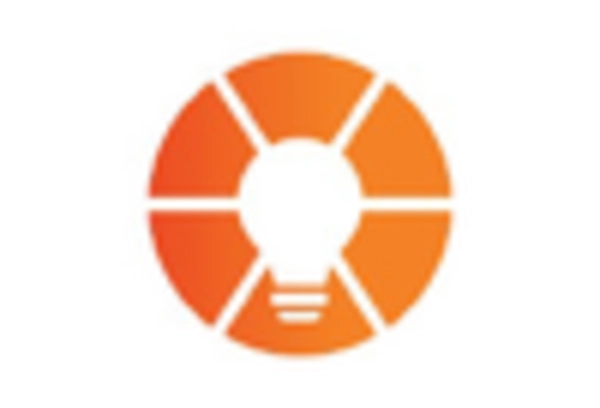


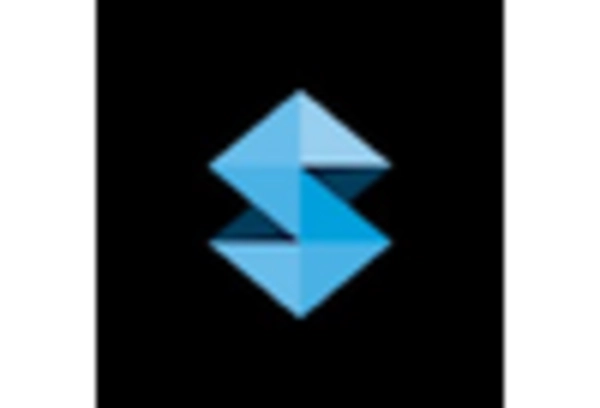








Leave a Comment